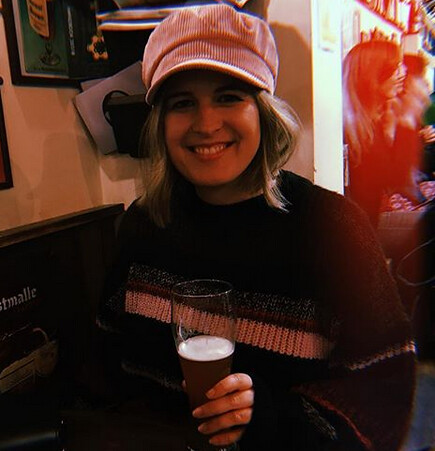Haggis & History: Glasgow City Break

We visited Glasgow in August last year for Jack's birthday. It had been on our list for a while, but when I told people that's where we were heading, I was on more than one occasion met with a little bemusement (maybe that was just the southern softies showing their hand).
It's true that for many years, Glasgow had a bad rep. A former industrial, working-class stronghold, Scotland's second city huddled (at least on the tourist itinerary) in the shadow of its fancier neighbour, Edinburgh. While Glaswegians have always known their home town had more to offer, taking pride in their working class heritage, the wider world began to wake up to its charms in the last few decades. It was awarded European City of Culture in 1990 and regeneration has continued apace, with the hosting of the Commonwealth Games in 2014 and ongoing investment in the city's artistic and cultural offering. All this being said, a reputation as a grey, unforgiving and dangerous destination (in 2005 the WHO named Glasgow 'the murder capital of Europe') still dogs the city.
If anything though, this adds to its charm. I like a city with realism and a sense of the actual people who live there and who have contributed to the fabric of the city throughout history. My favourite day was when we strolled through the city centre, across Glasgow Green to the People's Palace, a museum of social history which tells the story of the people of Glasgow from 1750 though to the present day. Glasgow Green itself was granted to the people of Glasgow in 1450 and has served myriad purposes including the establishment of the city's first steamie (washhouse - and social hub for the working class women of the 20th century), a meeting place for the women's suffragette movement in the 19th century, and sporting and music events throughout the ages. That same day, we went to a painfully hip streetwear store and got chatting to the store assistant as he tried to teach his tiny puppy to skateboard - it really is the people who make the city!





Glasgow's architecture is stunning, its many Victorian buildings including the beloved Kelvingrove Art Gallery & Museum, which counts amongst its dazzlingly varied collection Sophie Cave's Floating Heads, Sir Roger the Elephant, and Salvador Dali's breathtaking Christ of St John of the Cross. The influence of Charles Rennie Mackintosh, the homegrown Art Nouveau genius (think Glasgow's own Gaudi), is felt throughout the city, lending a uniquely Glaswegian spin to the architectural character of the streets. Some of Mackintosh's work is featured in the Kelvingrove Museum, and we also visited his first public commission, The Lighthouse, and took afternoon tea at the Mackintosh-designed Willow Tearooms.
The typically Victorian Botanic Gardens are also well worth a visit, followed by a wander through the streets of the West End, perusing vintage shops and stopping for ice cream at Nardini's Gelateria (the Italian influence on Scotland's dessert palate is a blog post all of its own!). As vegetarians, we were spoilt for choice in Glasgow, named the Vegan Capital of the UK in 2018. I would recommend McCune Smith for brunch (complete with veggie haggis of course), and Mono for vegan junk food. We also enjoyed our fair share of cocktails and craft beers at Gin71, Inn Deep, Super Bario and Doghouse.
My favourite way to explore a city is to just set off on foot, with some ideas of where to go but an attitude of stopping whenever we see something interesting (or are ready to eat or drink!). Glasgow is the perfect place in which to do this, as its many green spaces, historic streets and plethora of cosy bars beckon you to take a closer look.









0 comments
Thanks for reading ☮